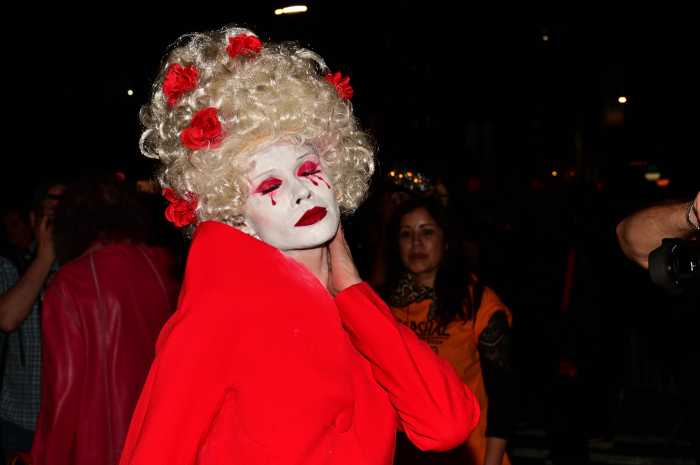Exploring the spiritual roots of abstract painting
Warren Isensee’s current show at Danese begins to fulfill a wish and the promise of his earlier work. Though always technically excellent, Isensee’s prior work seems to have been in the grip of the fashion of the times. There was always a preoccupation with a nostalgic/ironic universe of signing.
Semiotics preoccupied many artists during the last decade of the last century. When tongues were not solidly planted in cheeks, they were wagging about design conventions of an earlier time and the sociological follies of a misguided upper/middle class. The reasons for these preoccupations were explainable and understandable, but in the end no more than art-fashion.
Universities instituted curriculums centering on semiotics, an interesting and vast field, but when it came to the visual arts the result was and is little more than a sharp elbow to the ribs, a smirk, and a knowing nod.
Isensee’s work engaged these fashions using a late 50’s early 60’s palette — pumpkin, aqua, coffee au lait, sea foam, avocado — on nests or rounded-off pebble-like futurismo type shapes. This rather campy approach was not really doing him any favors.
The current show largely does away with this ironic vernacular in favor of a more neutral rectilinear arrangement of bands of color. He crates a kind of maze of rectangles with occasional balls of color. There is also a black and white number, which recalls Al Held of a certain period.
The references to earlier art are still there, only the whole endeavor seems to be of a more serious nature. The coloration goes all the way to red and black and includes tonalities of all colors. This sort of thing was forbidden in the circumscribed scope of his previous agenda. In these paintings, color works as light and space. None of the sense of humor or pleasure of the earlier work is lost.
In addition to the major paintings in the show, a back gallery has smaller ones and some astonishing small works in colored pencil. They recall Indian tantric works. All in all, the show brings to mind the spiritual roots of abstract painting. Though the references to modernist abstraction abound, the work stands on its own and is nothing if not an edifying presence. For a peek at the roots of this sort of work, see the Gene Davis show at Charles Cowles Gallery next door to Danese on 24th Street. Then you can see that Isensee is indeed making modern art for today.
gaycitynews.com



































